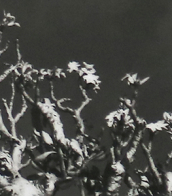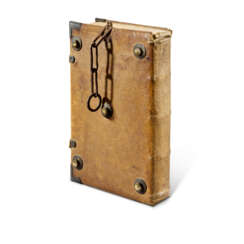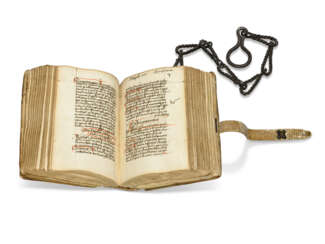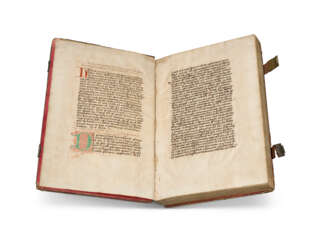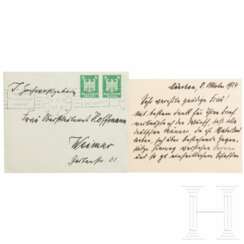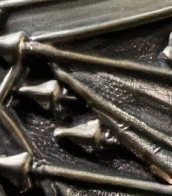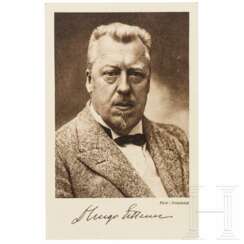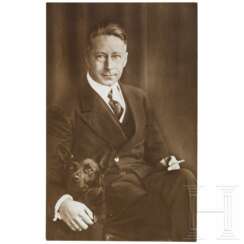texte
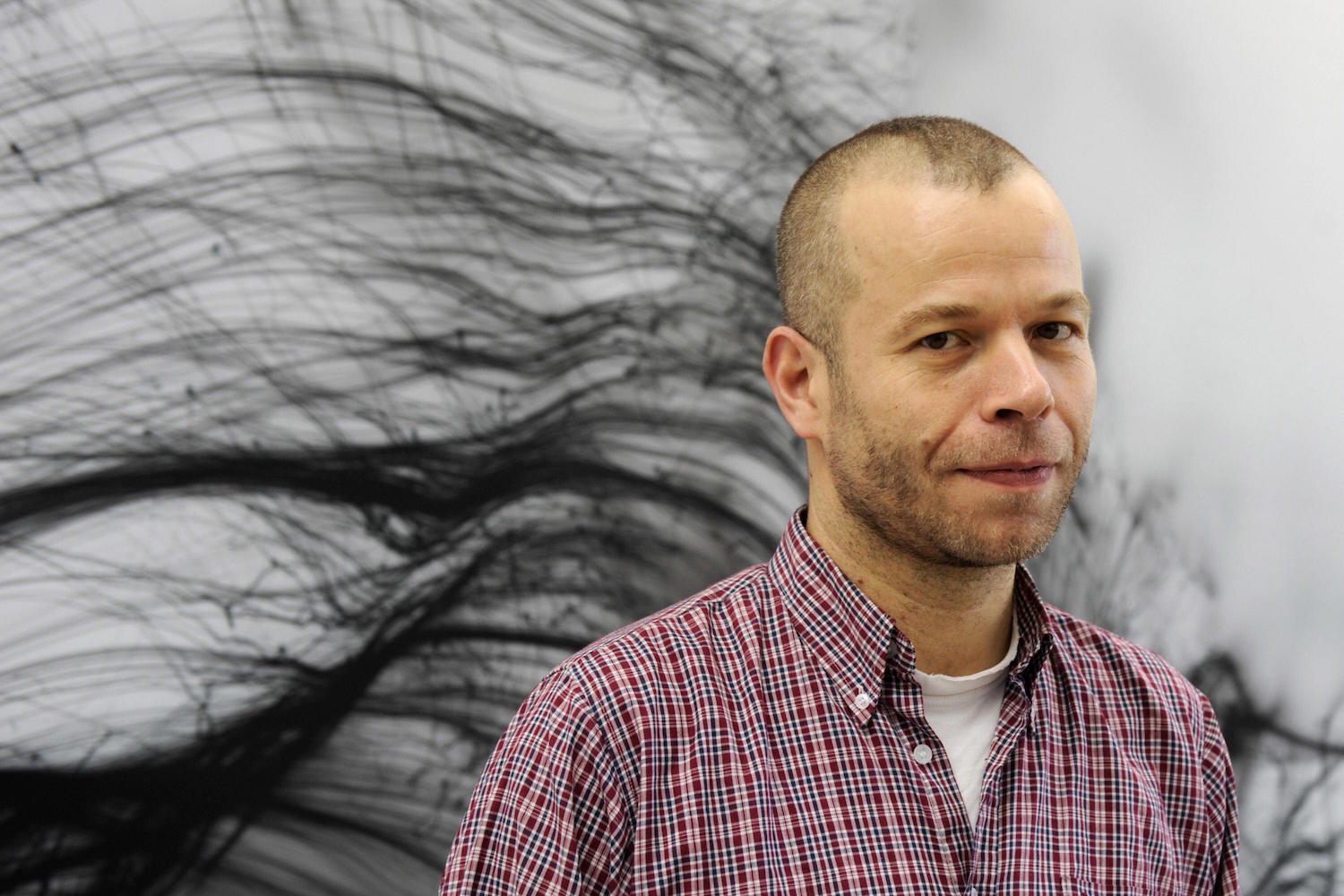
Wolfgang Tillmans is a German photographer. His diverse body of work is distinguished by observation of his surroundings and an ongoing investigation of the photographic medium’s foundations.
Tillmans was the first photographer – and also the first non-British person – to be awarded the Tate annual Turner Prize. He has also been awarded the Hasselblad Award, the Royal Photographic Society's Centenary Medal, the Royal Academy Summer Exhibition's Charles Wollaston Award, The Culture Prize of the German Society for Photography, and is an Academician of the Royal Academy of Arts, London.
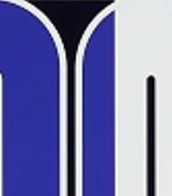
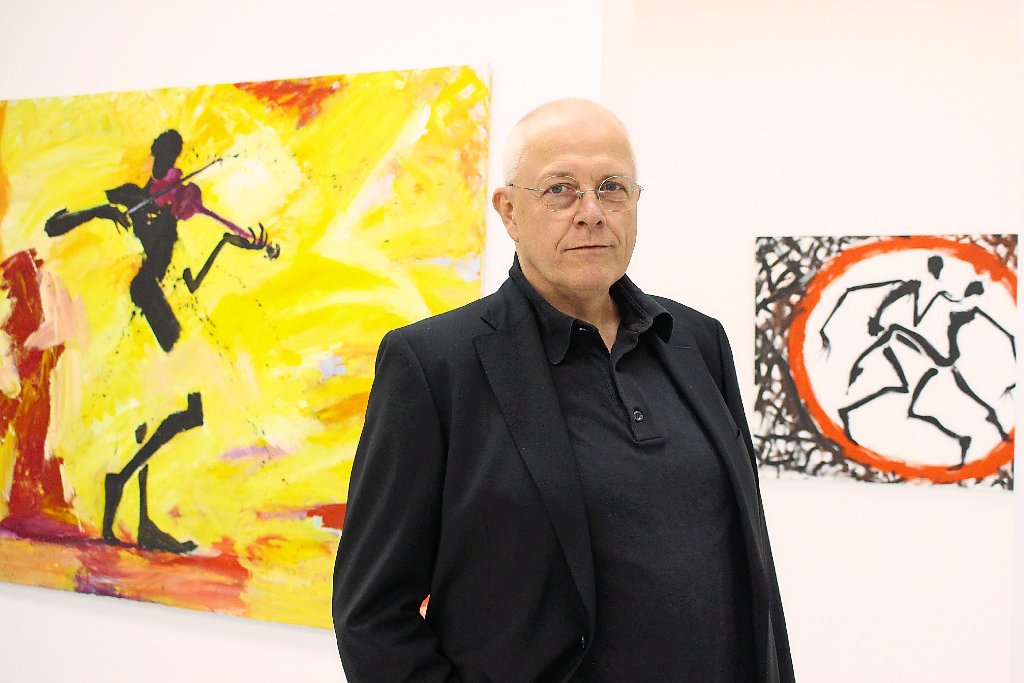
Helge Leiberg is a German painter and sculptor.
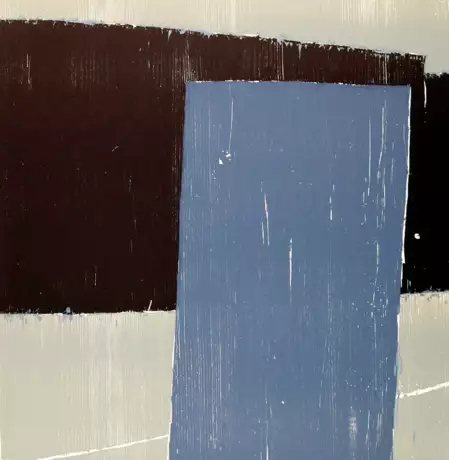
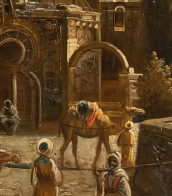


Günther Förg was a German painter, graphic designer, sculptor and photographer. His abstract style was influenced by American abstract painting.
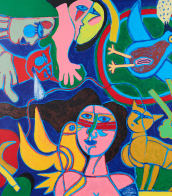

Günther Uecker is a German sculptor, op artist and installation artist.
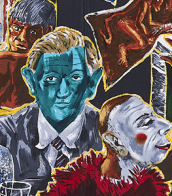

Günther Uecker is a German sculptor, op artist and installation artist.
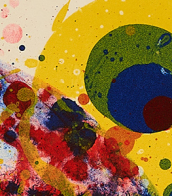

Günther Uecker is a German sculptor, op artist and installation artist.
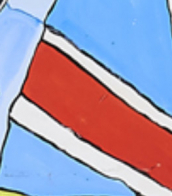
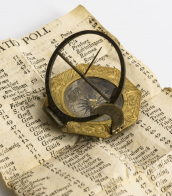
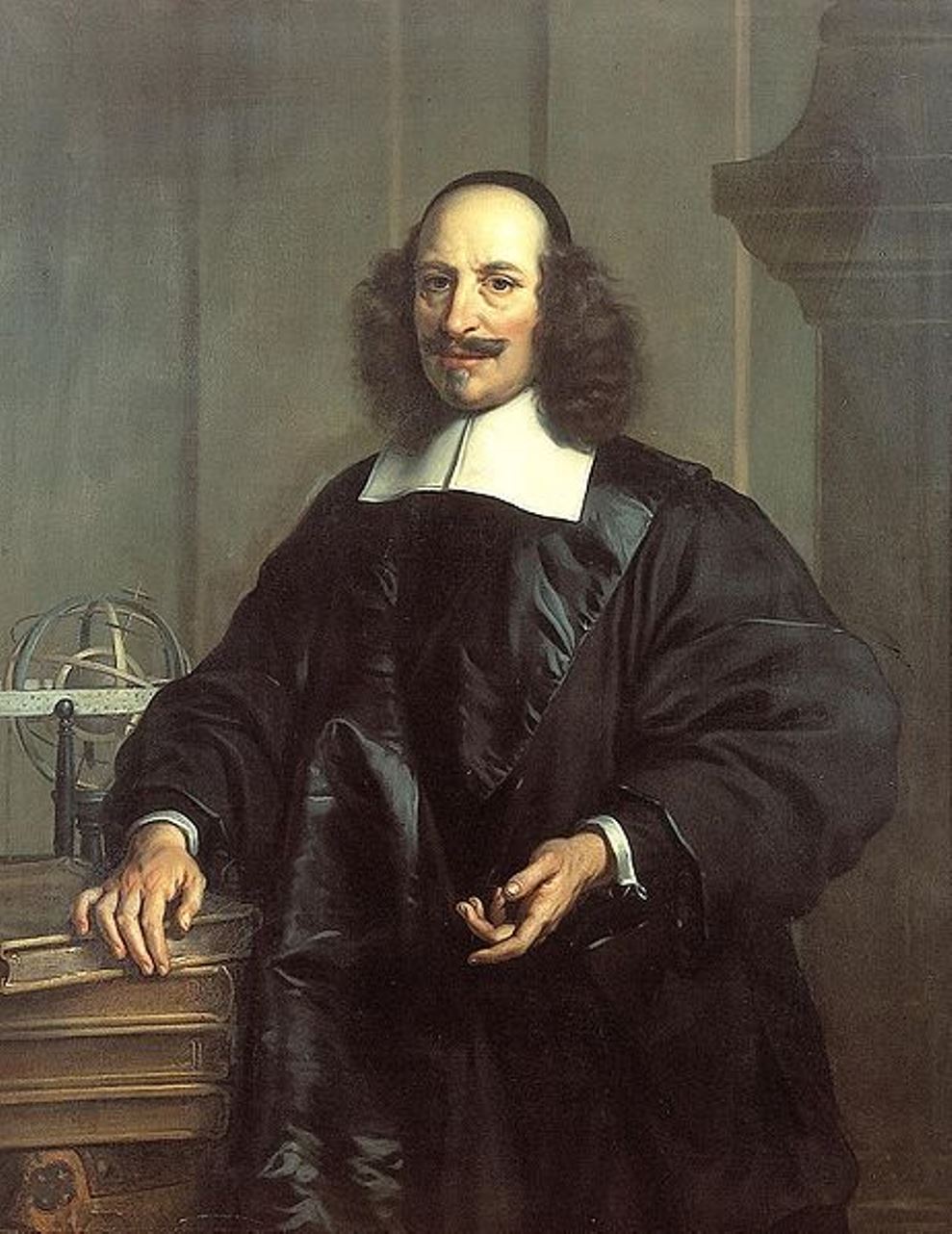
Jan (Joan) Willemsz. Blaeu was a Dutch cartographer, publisher and judge.
Jan was born into the family of the cartographer and publisher Willem Janszoon Blaeu (1571-1638). He studied in Leiden, where he earned a doctorate in law, and in Padua. He then began to assist his father, who was engaged in the manufacture of globes and maps. After his father's death, Jan, together with his brother Cornelius, continued his work, and succeeded him as cartographer for the Dutch East India Company.
In 1651 Blaeu was elected to the Amsterdam city council and later appointed as a judge. At the same time, he was engaged in his publishing business: he continued to publish volumes of Atlas novus, which contained maps of English counties and, for the first time, an atlas of Scotland, as well as one volume of maps of the Far East.
Blaeu did not have time to complete his most ambitious project, but it made him famous as the author of the famous 11-volume Dutch atlas. Based on his previous maps, Blaeu created the Great Atlas (Atlas Maior) - it contained nearly 600 maps and a total of 3,000 pages of Latin text - and was published in 1662. Blaeu's maps were groundbreaking for their time because they were created in accordance with the heliocentric theories of Nicolaus Copernicus.
In 1672, a great fire in Amsterdam destroyed Blaeu's workshop, and the cartographer died a year later, apparently never recovering from this stroke of fate.

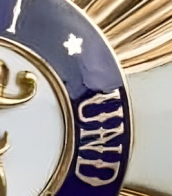
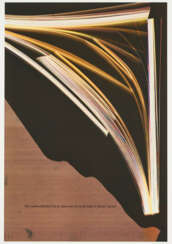

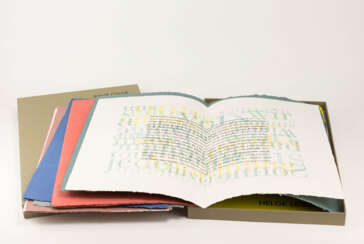



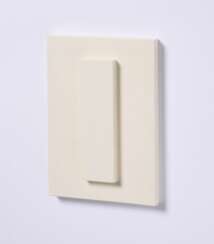



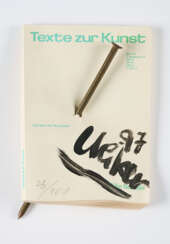



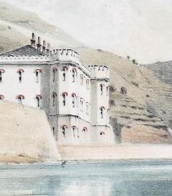
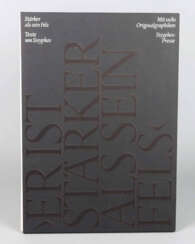


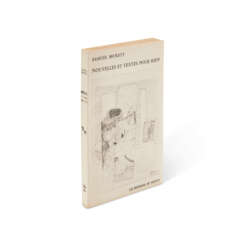

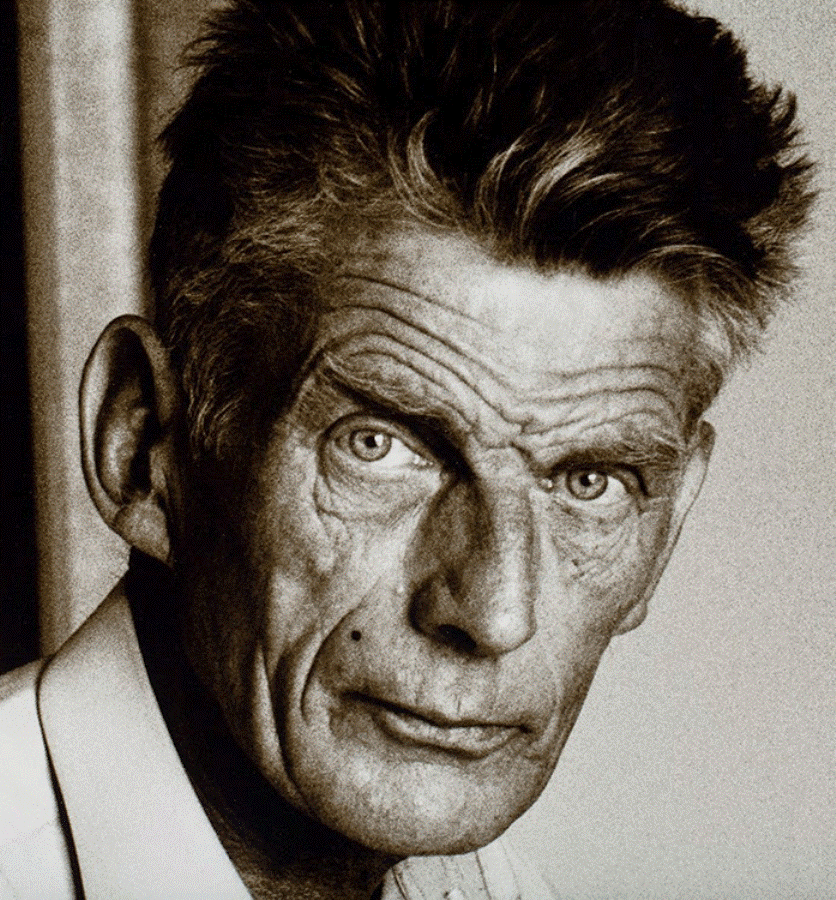

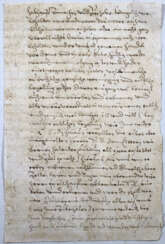

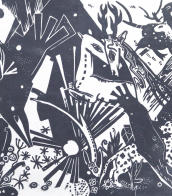
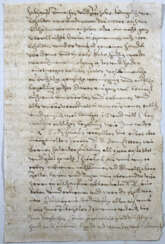




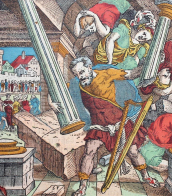


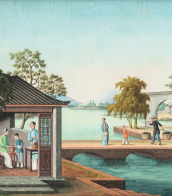


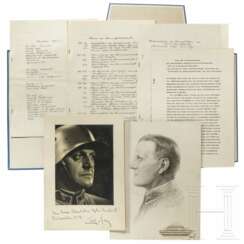

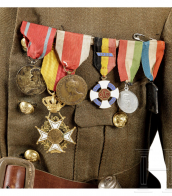
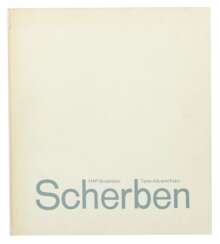




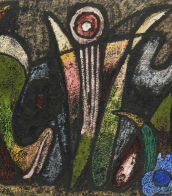




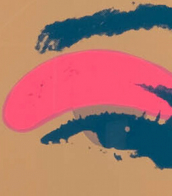
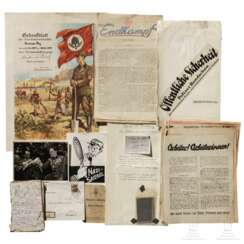

![[Atlas Major], Dutch text, 1648-1664, 9 volumes](/assets/image/picture_3109202/a16cb/0grfsdppvzk3dpml6rtse7s-fdfiawp2leakzr3v3nh63nm87v5qrm6yf-iysvtj1694249789jpg__fix_374_244.jpeg)
![[Atlas Major], Dutch text, 1648-1664, 9 volumes](https://veryimportantlot.com/assets/image/picture_3109202/a16cb/0grfsdppvzk3dpml6rtse7s-fdfiawp2leakzr3v3nh63nm87v5qrm6yf-iysvtj1694249789jpg__fix_374_244.jpeg)
